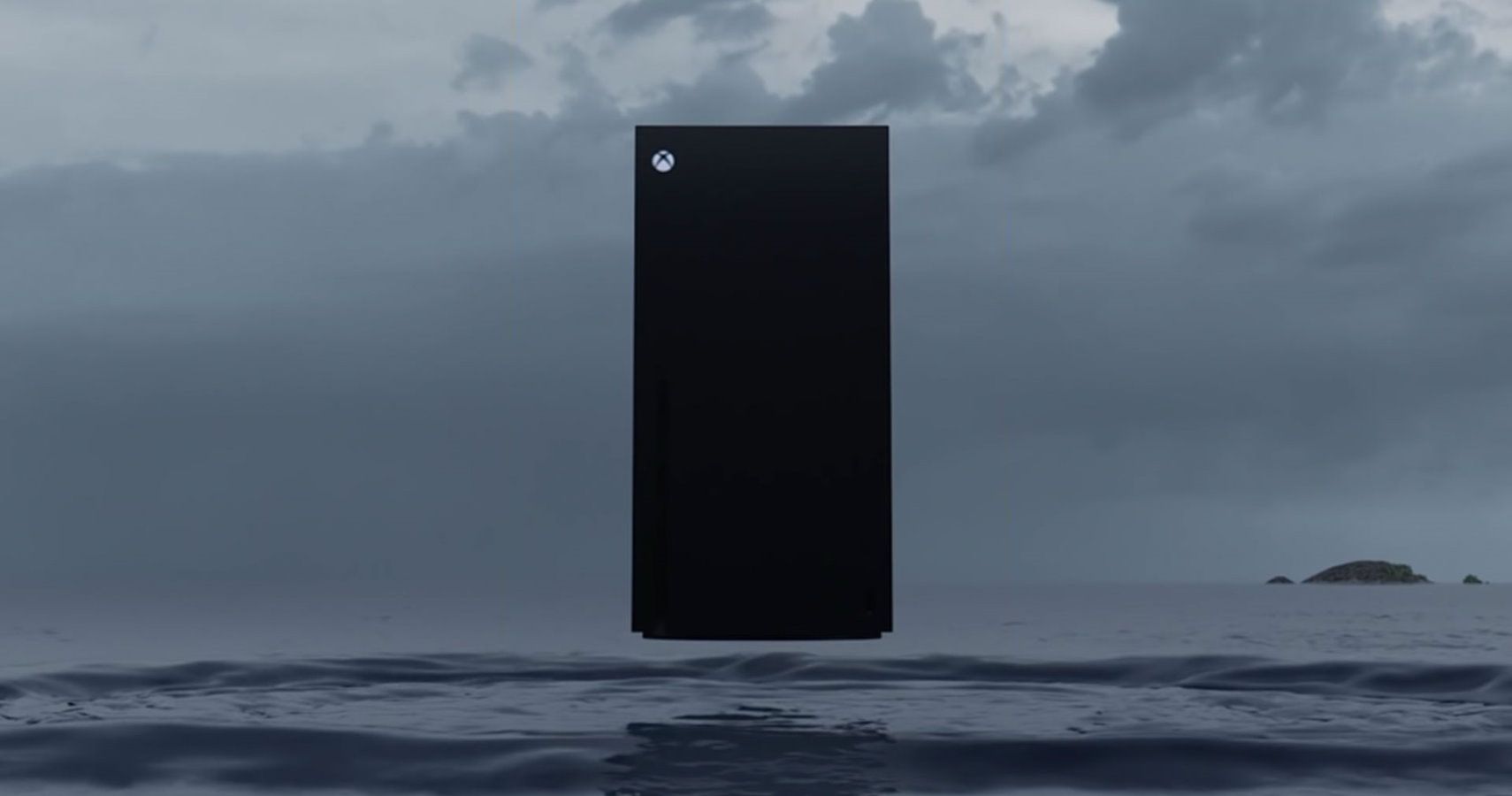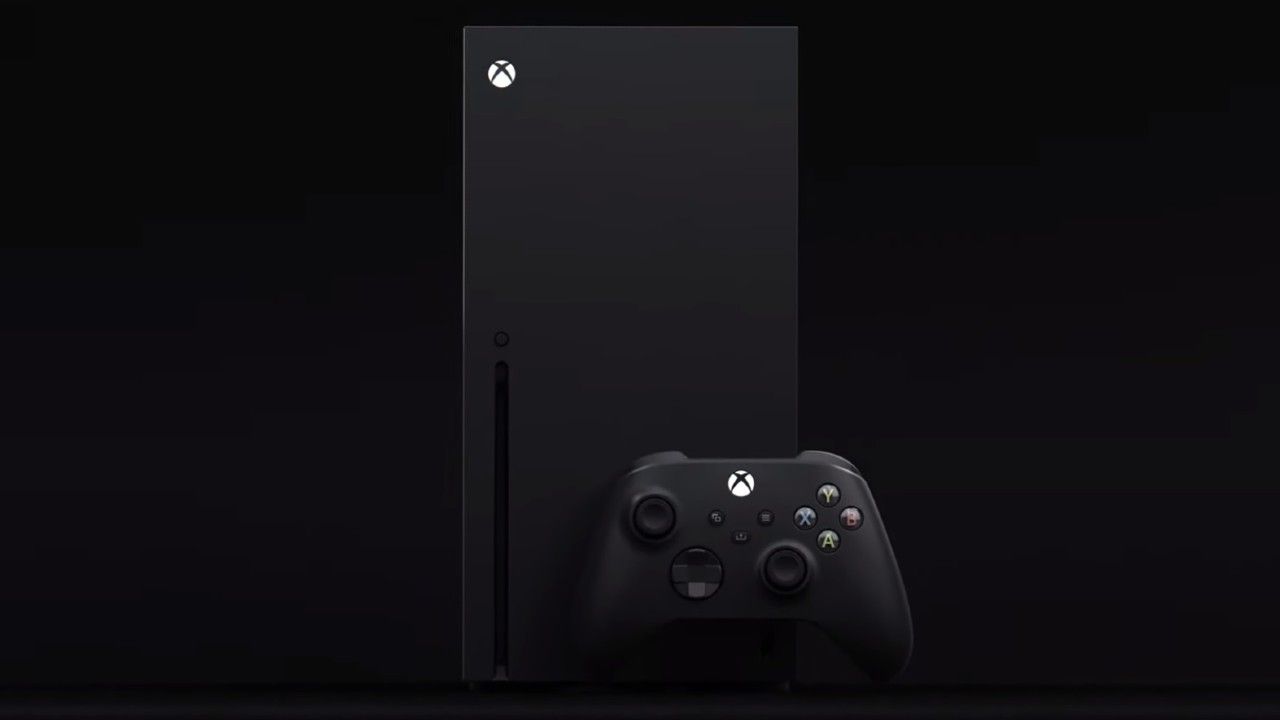The Xbox Series X will have its own dedicated audio chip in order to better simulate real-world sound.
Way back in the day, computers used to have their own dedicated audio hardware called sound cards. But over time, the job of simulating sound was combined with the hardware that simulated the visual world (which is to say your GPU). Combining these things into one made sense at the time since audio was believed to have reached its pinnacle--you get high fidelity sounds coming out of your headphones, and that was that.
These days, we’re learning that that’s a lot more for sound to do in video games than we’d ever thought, and it’s causing a reversal of the previous generation’s hardware trends. Now, sound is a lot more complex and it needs its own dedicated hardware in order to perform the intensive calculations necessary for it to come out of your headphones just right. It needs its own chip.
Xbox Series X, the new next-gen console due out later this year, will have its very own onboard audio chip for the first time in years. This will free up resources that were previously constrained by the video processor and will allow sound engineers to do things never before seen in a home console.
“It’s extremely exciting,” said Ninja Theory senior sound designer Daniele Galante in an interview with VGC. “We’re going to have a dedicated chip to work with audio, which means we finally won’t have to fight with programmers and artists for memory and CPU power.”
What Galante is programming for in next-gen games is something called audio ray tracing. Like video ray tracing, the audio form simulates how sound would change based on the environment in real-time. This means what you hear will change depending on the texture of the walls, the number and type of objects in a room, or whether or not the door or window is open or closed.
Audio ray tracing creates an incredibly realistic sound, but it's also incredibly resource-intensive to simulate. With dedicated hardware acceleration, the Xbox Series X will be able to perform these intense simulations without sacrificing visual fidelity.
So far, audio ray tracing really only works on headphones, so it’s ideal for VR games--something that both the Xbox Series X and PS5 are expected to handle. We’ll find out for sure when the next-gen consoles arrive this holiday season.
Source: VGC


